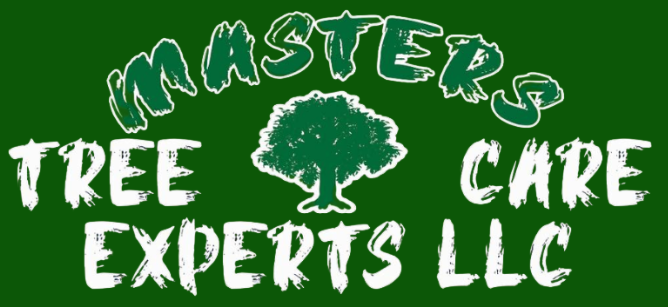Healthy trees don’t just start above ground. Their strength, resilience, and beauty begin deep beneath your feet—in the soil. Just like humans need the right diet to thrive, trees rely on soil for vital nutrients, water, and stability. If the soil isn’t right, your tree will struggle, no matter how much sunlight or space it has. At Masters Tree Care Experts, we’ve seen firsthand how poor soil can quietly harm even the most established trees. So, let’s dig into what your tree’s soil might be trying to tell you.
Table of Contents
The Role of Soil in Tree Health: More Than Just Dirt
Healthy soil is more than a place to anchor roots—it’s a living ecosystem.
- Nutrient Provider: Soil supplies essential minerals like nitrogen, phosphorus, and potassium that trees need to grow and fight disease.
- Water Retention & Drainage: Good soil strikes a balance—holding water for the roots without drowning them.
- Oxygen Exchange: Roots need oxygen too! Well-aerated soil allows proper gas exchange to support respiration.
- Stability: Soil holds your tree in place during storms, snow, and high winds.
Pro tip: Most of a tree’s absorbing roots are in the top 8-12 inches of soil. That’s why what’s happening near the surface matters more than you think.
Signs Your Soil Might Be Hurting Your Trees
If your tree is struggling and you can’t see why, it might be what’s happening underground. Look for:
- Stunted or Discolored Leaves – Often the first visible sign of poor nutrition.
- Poor Drainage or Waterlogged Roots – Roots suffocating due to overwatering or clay-heavy soil.
- Dieback or Sparse Canopy – A tree’s crown thins when it can’t get enough nutrients from the soil.
- Increased Pest Problems – Unhealthy trees become targets for insects and disease.
If you’re seeing these symptoms, it’s time to look at what’s going on below the surface.
Soil Problems Common in Lee’s Summit & How to Fix Them
Lee’s Summit homeowners often deal with the same recurring soil issues:
- Clay-heavy soil that drains poorly and compacts easily.
- Construction compaction from new builds and landscaping equipment.
- Low organic matter, especially in suburban lawns with little leaf litter.
Here’s how Masters Tree Care Experts can help:
- Soil Testing: Determines nutrient levels, pH, and compaction so we can tailor solutions.
- Soil Amendments: We use compost, biochar, and fertilizers to restore balance and improve root health.
- Aeration & Mulching: Loosens compacted areas and replenishes organic matter.
How to Care for Your Tree’s Soil Year-Round
Even if your soil seems fine now, proactive care can prevent long-term damage. Here’s how to keep it in top shape:
- Mulch Smartly: Apply a 2-3″ layer of wood chips around your tree, leaving space at the trunk (no mulch volcanoes!).
- Avoid Lawn Mowers Around Roots: Frequent root injury from blades and wheels stresses trees.
- Water Thoughtfully: Water deeply and less frequently to encourage strong root growth.
- Limit Foot Traffic: Roots hate being compacted. Keep heavy equipment and play areas away from trunks.
When to Call the Pros
If your tree isn’t growing like it used to—or worse, it’s declining—you don’t have to guess what’s wrong. Our certified arborists at Masters Tree Care Experts specialize in soil diagnostics and long-term health plans for both young and mature trees. With over 20 years of experience in Lee’s Summit, we know Missouri soil like the back of our hands.
Call us at (913) 909-9768 or schedule a consultation today.
Let us help your trees thrive from the ground up. Whether it’s diagnosing stressed roots, fixing compacted soil, or planning around construction, Masters Tree Care Experts is here to keep your landscape healthy and beautiful year after year.

